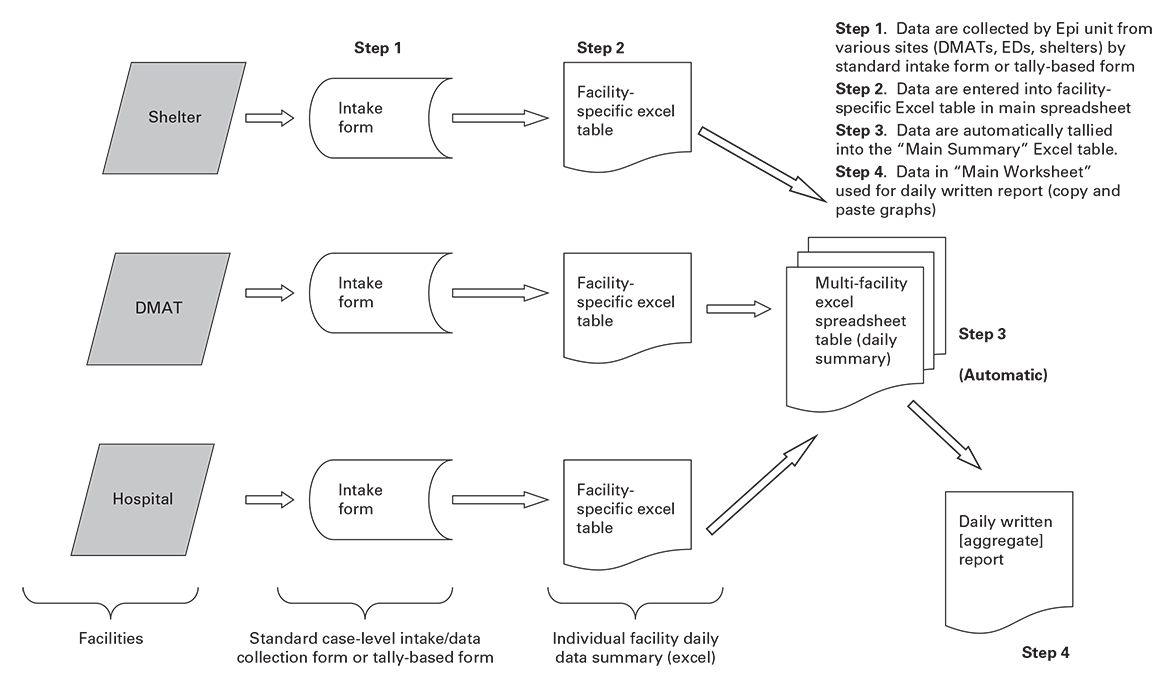
Epidemic Data Analytics: Enhancing Precision and Response
Epidemic data analytics systems have emerged as indispensable tools in the field of public health, offering unparalleled capabilities to analyze, interpret, and respond to complex epidemiological challenges.
1. The Power of Data in Epidemic Response
In the face of evolving health threats, the ability to collect, process, and analyze vast amounts of data is crucial. Epidemic data analytics systems harness this power, providing public health officials with real-time insights to make informed decisions.
2. Real-time Surveillance and Early Detection
One of the primary advantages of epidemic data analytics is its capacity for real-time surveillance. By continuously monitoring various data sources, including hospital records, social media, and laboratory reports, these systems enable the early detection of potential outbreaks. This early warning capability is instrumental in initiating prompt response measures.
3. Predictive Modeling for Strategic Planning
Epidemic data analytics employs predictive modeling to anticipate the trajectory of outbreaks. By analyzing historical data, these systems can forecast the spread of infectious diseases, allowing authorities to allocate resources strategically and implement targeted interventions where they are most needed.
4. Geospatial Analysis for Targeted Interventions
Geospatial analysis is a powerful feature of epidemic data analytics. This capability allows public health officials to map the geographic spread of diseases, identify hotspots, and tailor interventions based on specific regional needs. Geospatial insights enhance the precision and effectiveness of epidemic response strategies.
5. Personalized Healthcare Responses
Epidemic data analytics systems contribute to personalized healthcare responses by considering individual-level data. This includes factors such as demographics, pre-existing conditions, and mobility patterns. Tailoring responses to specific population segments ensures that interventions are both effective and equitable.
6. Integration with Healthcare Systems
Seamless integration with existing healthcare systems is crucial for the success of epidemic data analytics. These systems can aggregate data from hospitals, clinics, and laboratories, providing a comprehensive view of the healthcare landscape. This integration streamlines communication and enhances the overall efficiency of epidemic response.
7. Adaptive Strategies through Machine Learning
Machine learning algorithms within epidemic data analytics systems enable adaptive strategies. These algorithms continuously learn from new data, allowing the system to evolve and improve its predictive capabilities over time. This adaptability is essential in the dynamic landscape of infectious diseases.
8. Resource Optimization and Allocation
Efficient resource allocation is a key benefit of epidemic data analytics. By identifying areas with high transmission rates or vulnerable populations, public health officials can optimize the allocation of medical supplies, personnel, and other resources. This ensures a more effective and targeted response.
9. Enhanced Communication and Public Awareness
Epidemic data analytics systems facilitate enhanced communication strategies. By understanding the dynamics of an outbreak, public health officials can tailor messages to specific communities, fostering better compliance with preventive measures and enhancing public awareness.
10. Continuous Improvement and Preparedness
The iterative nature of data analytics allows for continuous improvement in epidemic response strategies. By analyzing the effectiveness of interventions and learning from each outbreak, public health systems can enhance their preparedness for future health challenges.
For the latest insights on Epidemic Data Analytics Systems, visit healthcares.my.id and stay informed about the evolving landscape of data-driven approaches in public health. As these systems become increasingly sophisticated, their role in shaping precise and effective epidemic responses continues to expand.














